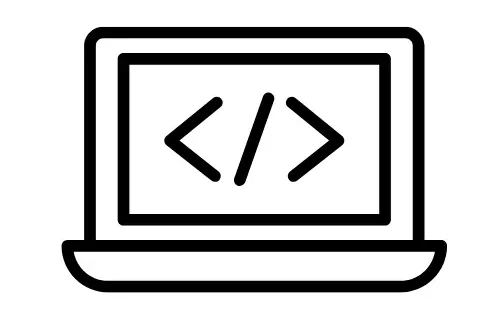Car Insurance Basics: Protecting Your Vehicle
Introduction
Car insurance is like a shield that protects your vehicle and finances in case of accidents or other unforeseen events. Understanding the basics of car insurance can help you make informed decisions and ensure that you have the right coverage.

Types of Car Insurance
- Liability Insurance
Liability insurance covers the costs if you’re responsible for injuring someone else or damaging their property in an accident. - Collision Insurance
Collision insurance helps pay for repairs to your own vehicle if you’re in an accident, regardless of who was at fault. - Comprehensive Insurance
Comprehensive insurance covers non-collision related damages such as theft, vandalism, or natural disasters.
Understanding Coverage
- Bodily Injury Coverage
This coverage helps pay for medical expenses if you or your passengers are injured in an accident. - Property Damage Coverage
Property damage coverage helps pay for damages to someone else’s property caused by your vehicle. - Medical Payments Coverage
Medical payments coverage helps cover medical expenses for you and your passengers, regardless of fault.
Factors Affecting Car Insurance Rates
- Age and Driving Experience
Younger and less experienced drivers often pay higher insurance rates due to higher risk. - Type of Vehicle
The make, model, and age of your vehicle can impact insurance rates. - Driving Record
A clean driving record with no accidents or violations usually leads to lower insurance premiums.
Tips for Getting the Right Coverage
- Assessing Your Needs
Consider factors like your driving habits, where you live, and your budget when choosing coverage. - Comparing Quotes
Get quotes from multiple insurance companies to find the best coverage at an affordable price. - Understanding Deductibles and Limits
Know what your deductibles are and choose coverage limits that adequately protect you without overpaying.
Dealing with Car Accidents
- Steps to Take After an Accident
Stay calm, check for injuries, exchange information with other parties, and report the accident to your insurance company. - Filing an Insurance Claim
Contact your insurance company promptly, provide all necessary information and documents, and follow their instructions for filing a claim.
Conclusion
Car insurance is a crucial investment that provides financial protection and peace of mind on the road. By understanding the basics of car insurance and following these tips, you can ensure that you have the right coverage to protect yourself and your vehicle.
